Revision of the Eocene artiodactyls (Mammalia, Placentalia) from Aumelas and Saint-Martin-de-Londres (Montpellier limestones, Hérault, France) questions the early European artiodactyl radiation
Résumé
The fossiliferous localities of Aumelas and Saint-Martin-de-Londres in the Montpellier limestones (Hérault, France), known since the 1960s and 1980s, were originally dated as late middle Eocene (Lutetian), close to the European Mammal Palaeogene Reference Level 13 (MP13). This period is a key time interval in the initial radiation of European endemic mammals. We present here a systematic revision of the artiodactyl fauna from Aumelas and Saint-Martin-de-Londres in order to propose a biochronological revision of these localities. We identified five artiodactyl species: Aumelasia gabineaudi, Dichobune aff. robertiana, Eurodexis cf. russelli, Eurodexeinae indet. and Lophiobunodon minervoisensis. Two of these species are known in both localities. Comparisons with other European localities support an earlier dating than late middle Eocene for Aumelas and Saint-Martin-de-Londres. These localities seem to be close to the Ypresian/Lutetian boundary and could constitute a rare record of this period in Europe. The age of these localities is critical for discussing the initial radiations of endemic European artiodactyl families (Cebochoeridae, Choeropotamidae, Mixtotheriidae, Anoplotheriidae, Xiphodontidae, Cainotheriidae and Amphimerycidae). This systematic revision allows us to test the validity of phylogenetic relationships between these families using cladistic analyses. Our results question the monophyly of Dichobunidae and Choeropotamidae but support the older concept of Haplobunodontidae. This study, which constitutes a first step towards a better understanding of their evolutionary history, suggests that the European artiodactyl radiation took place close to the Ypresian/Lutetian boundary.
